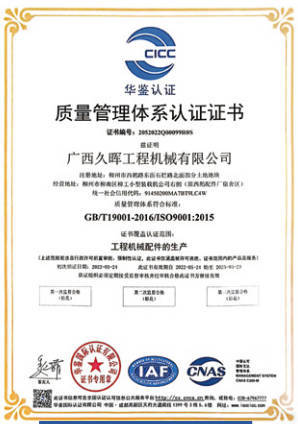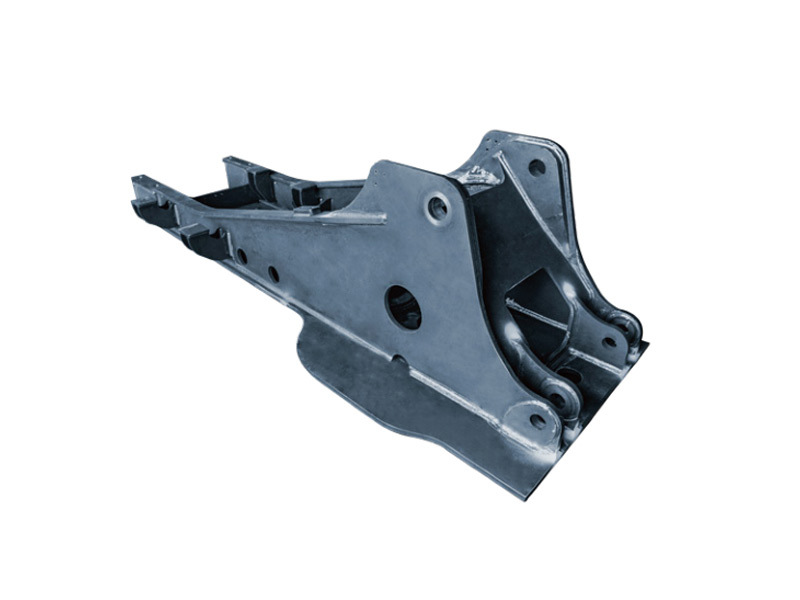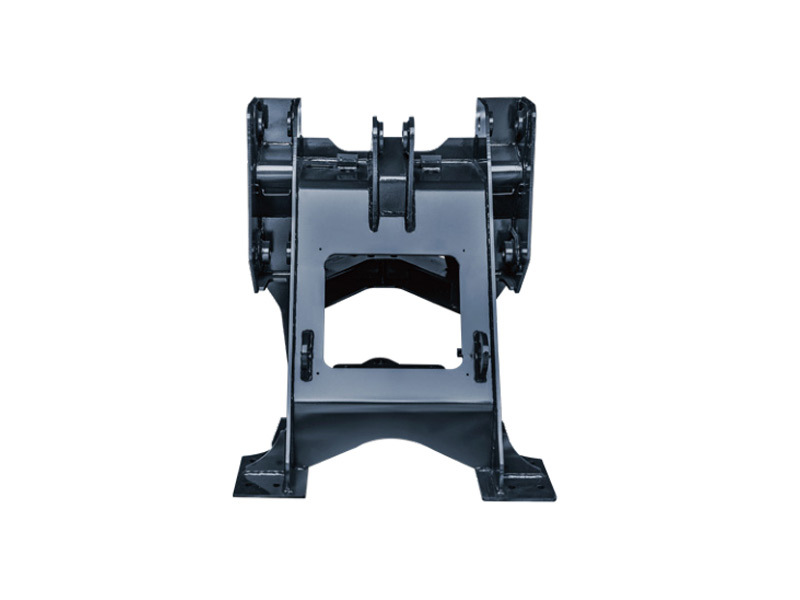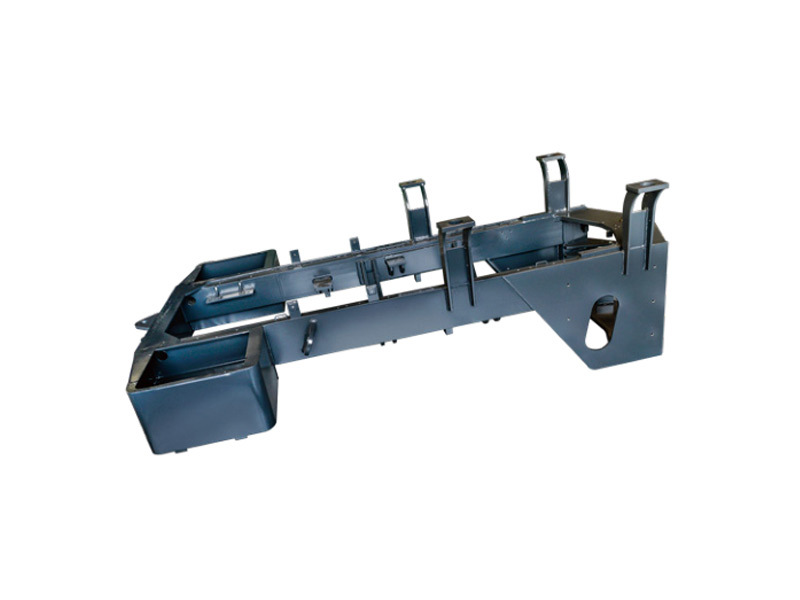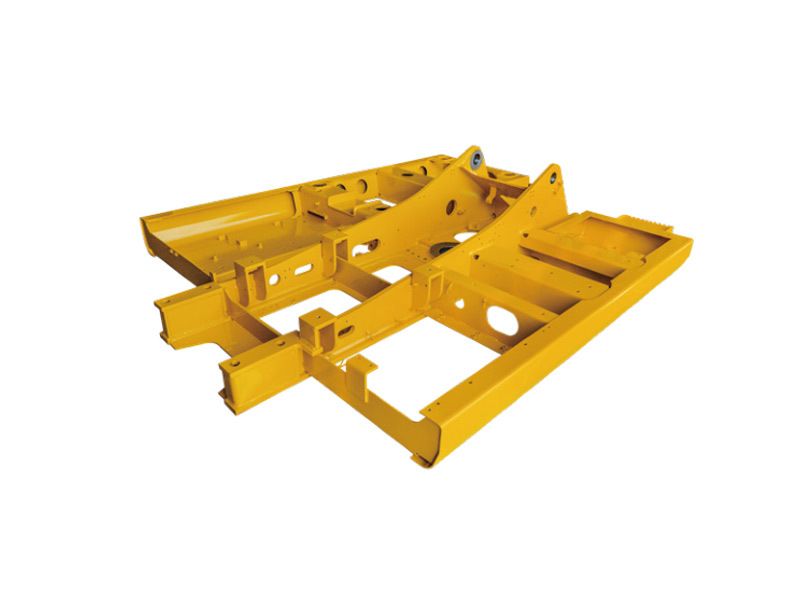
Excavator bucket attachments are an important part of the excavator's working components, used for digging, loading, filling, etc. The following is a detailed introduction:
I. Bucket Attachment Composition
Bucket attachments are structural components, consisting of tooth seat plates, bottom plates, side plates, wall plates, lug plates, back plates, bucket lug plates, bucket lug sleeves, bucket teeth, tooth seats, protective plates or bucket corners, etc.
II. Bucket Attachment Classification and Characteristics
Classification by Working Method
Backhoe bucket: Articulated with the dipper stick linkage, driven by a hydraulic cylinder. During operation, the digging force is from top to bottom, and the digging trajectory is an arc, suitable for excavating soil layers, sand and gravel, coal mines, etc., below the stop surface. It is generally commonly used.
Front shovel bucket: Hinged to the end of the dipper stick, driven by a hydraulic cylinder. During operation, the digging force is from bottom to top, and the digging trajectory is often an arc, suitable for excavating sand, gravel, coal mines, etc., above the stop surface.
Classification by Structural Material Properties
Standard bucket: Uses high-quality domestic alloy steel Q345, suitable for general clay, loose soil excavation, and lighter operations such as loading sand, soil, and gravel.
Heavy-duty bucket: Based on the standard bucket, high-strength wear-resistant steel materials are used for manufacturing and reinforcement in high-stress and easily damaged areas. For example, the tooth seat plate and side cutting plate in easily damaged areas use high-quality domestic high-strength wear-resistant steel NM360, with thicker plates, extending service life. Suitable for heavy-duty operations such as excavating hard soil mixed with relatively soft gravel or loading gravel.
Mining bucket: The bottom is reinforced with an additional plate, side guards are added, and protective plates are installed. The bottom of the bucket uses a double arc design to increase the ground clearance of the heel, reducing wear; an adjustable gap sleeve device is used at the connection with the dipper stick; Swedish HARDOX ultra-high-strength wear-resistant steel is used to extend the product life; rock-specific bucket teeth are used. Suitable for heavy-duty operations such as excavating soil mixed with harder stones, sub-hard rocks, weathered rocks, and loading hard rocks and blasted ore.
Classification by Working Condition and Function
Earthmoving bucket: Generally used for light operations such as excavating clay and loading sand, soil, and gravel. The bucket opening is large, with a large stacking surface, resulting in a high fill factor, saving operation time, and high efficiency.
Rock bucket: Used for heavy-duty operations such as excavating soil mixed with harder stones, sub-hard rocks, weathered rocks, and loading hard rocks and blasted ore. High-strength wear-resistant steel, better digging performance, and more prominent economy.
Loose soil bucket: Used for hard soil or frozen soil operations, generally with single or multiple teeth, sharp bucket teeth, easy to break soil.
Trench bucket: Suitable for excavating various shapes of trenches, trenches are formed in one go, no need for finishing, high work efficiency.
Screening bucket: Suitable for excavating relatively loose materials, excavation and separation are completed at once, widely used in municipal, agricultural, forestry, water conservancy, and earthwork engineering.
Grab bucket: Vertical grabbing, suitable for foundation pit excavation of building foundations, deep pit excavation, and loading of relatively loose materials such as coal, sand, mud, and gravel, especially suitable for excavation or loading on one side of a ditch or restricted space.
Cleaning bucket and tilting bucket: Suitable for the finishing of slopes and planes, and large-capacity dredging and cleaning of rivers and ditches. The tilting bucket can change the tilt angle of the cleaning bucket through the hydraulic cylinder, greatly improving work efficiency.
III. Bucket Attachment Manufacturing Process
The manufacturing process of bucket attachments includes processes such as blanking, turning, milling, drilling, forming, welding, grinding, sandblasting, and spraying. Bucket attachments are special industry equipment accessories and require professional processing and manufacturing equipment, such as CNC plasma cutting machines, bevel milling machines, plate rolling machines, welding positioners, and boring machines, to achieve high efficiency and high-quality manufacturing. Welding is the most critical manufacturing process for bucket attachments, and welding quality directly affects the structural strength and service life of the bucket.
Bucket

Keyword:
Category:
Quality Management System
Total Participation:
Upholding the philosophy that quality is life and product is character, Jiuri's management team is fully involved in quality management and improvement, incorporating product quality control into key management content; leaders strengthen communication between departments, clarify work requirements, and each link is interlocked, mutually supervising and promoting each other to jointly ensure product quality.
New Product Quality Management:
Project management; New product quality audit; New product planning; Supplier advance management; APQP development process control.
Manufacturing Process Quality Management:
Quality elite system; Lean production; Total productive maintenance; Statistical process control; PDCA quality management system.
OUR STRENGTH
Service tenet: To provide comprehensive solutions and services to customers from all walks of life
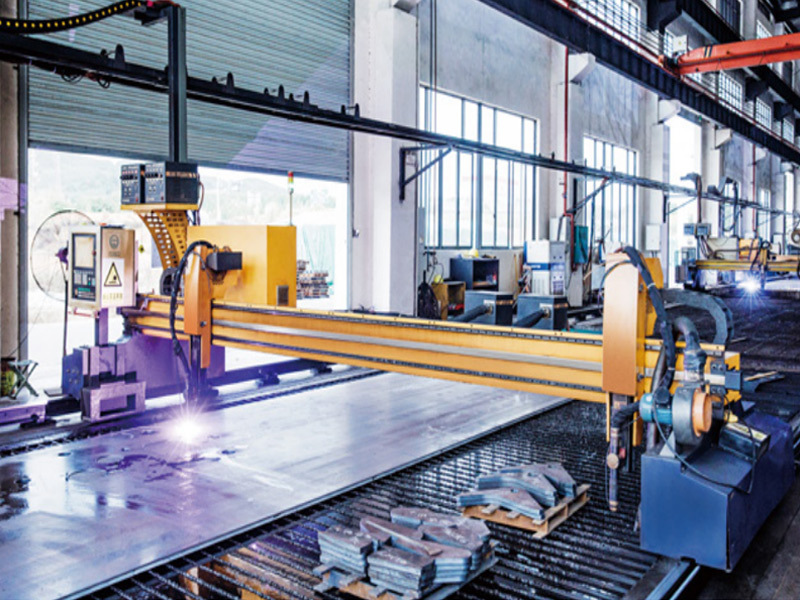
Raw material workshop
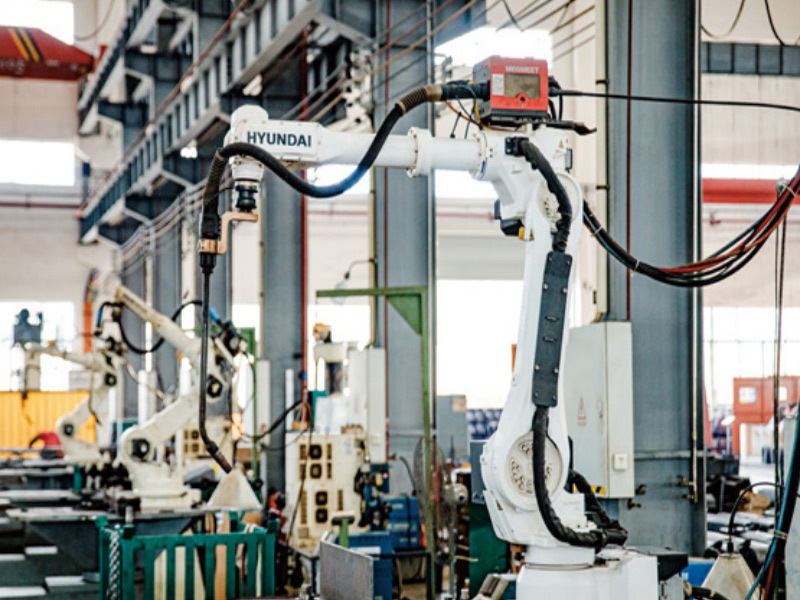
Welding robot
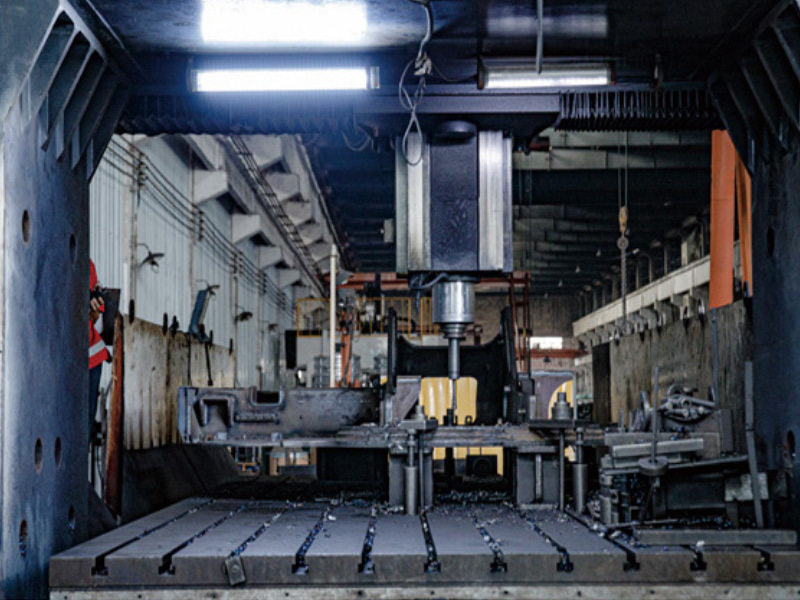
Machining Center
RECOMMENDED PRODUCTS
Products cover core structural components such as excavators, loaders, forklifts, and mining machinery, and are exported to international markets.
PRODUCT CONSULTATION
If you are interested in our products, please leave your email address, and we will contact you as soon as possible, thank you!

Products cover core structural components such as excavators, loaders, forklifts, and mining machinery
Our products cover core structural components such as excavators, loaders, forklifts, and mining machinery
Contact Us
Contact Person:18677228751 Liu An
Email:13977236501@139.com
Address: No. 7, Zhutong Road, Luorong Town, Liuzhou City
QR code
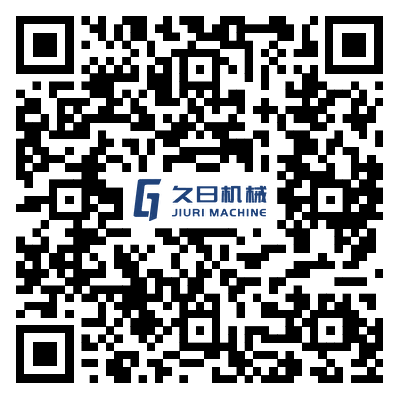
Scan the code to browse the official website

